Industrial planetary gearboxes are essential components in applications requiring high torque due to their unique design and superior performance characteristics. Their ability to handle large amounts of power while maintaining a compact and efficient form makes them a preferred choice in many industries.
High Torque Density
Planetary gearboxes, or epicyclic gear systems, are engineered to manage high torque loads without significantly increasing the size or weight of the system. Unlike traditional gear systems, which rely on one gear to transmit power, a planetary gearbox distributes the torque across multiple gears: the sun gear, the planet gears, and the ring gear. This distribution allows planetary gearboxes to handle substantial amounts of torque without a corresponding increase in size, making them highly efficient.
The high torque density of planetary gearboxes means that they can deliver a considerable amount of power in a compact form factor. This is especially beneficial in applications where space is limited or where weight is a concern. For instance, in aerospace or automotive industries, where space constraints are critical, the compact size of the planetary gearbox without compromising torque handling capabilities is a distinct advantage.
This design also improves the efficiency of power transmission. Since the load is spread across multiple gears, the gearbox can maintain higher performance levels without overheating or excessive wear. The result is a system that can work continuously under heavy loads without significant degradation in performance.
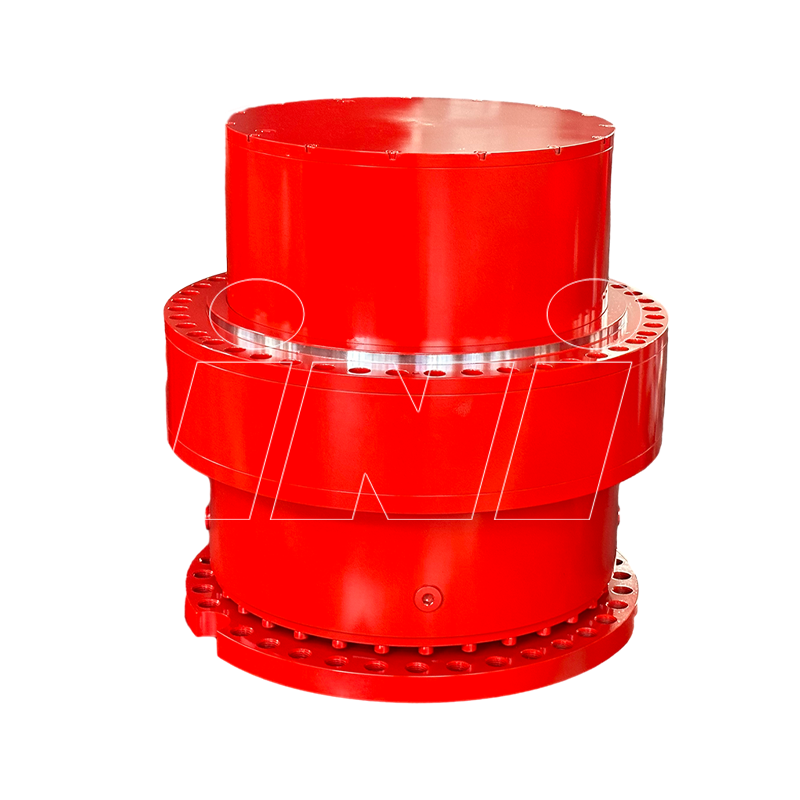
Compact and Lightweight
One of the most notable features of planetary gearboxes is their compact and lightweight design. This feature is particularly beneficial in high-torque applications where equipment must not only manage large forces but also fit within constrained spaces. The modular structure of planetary gearboxes allows for a high torque-to-weight ratio, making them ideal for systems where minimizing space and weight is crucial.
For example, in robotics or aerospace applications, reducing the size and weight of components can improve performance and reduce energy consumption. In these scenarios, the compact design of planetary gearboxes allows engineers to build lighter and more efficient systems without sacrificing power or durability.
Moreover, the integration of multiple gears into a single unit helps save space, as the planetary system can handle more torque than a similarly sized traditional gear system. The lightweight nature of these gearboxes makes them an attractive solution for industries such as automotive, manufacturing, and even renewable energy, where space-saving design is essential.
Improved Efficiency and Load Distribution
The unique design of the planetary gearbox allows for an even distribution of the load across multiple gears, significantly improving the efficiency of the system. In a planetary gear system, the torque is divided between the planet gears, which rotate around the central sun gear. This distribution minimizes stress on any single gear and reduces the risk of wear, allowing the gearbox to operate smoothly and efficiently for extended periods.
This even load distribution results in lower friction and reduced heat generation compared to other types of gear systems. Less heat means a lower risk of overheating, which is particularly important in high-torque applications where excessive heat can damage components and cause system failures. The planetary gearbox’s efficient design enables it to maintain operational stability and high performance even under heavy loads, making it ideal for demanding industrial applications.
Additionally, because the load is shared between multiple contact points, planetary gearboxes also exhibit greater torsional stiffness, which is important in high-torque scenarios. This means less deflection in the system, leading to better overall stability and reliability.
Enhanced Torque Transmission
One of the key reasons planetary gearboxes are essential in high-torque applications is their ability to transmit large amounts of torque effectively. Unlike other gear systems that may experience significant power loss or uneven transmission under high loads, planetary gearboxes are designed to handle and transmit high torque with minimal loss of efficiency.
In high-torque applications, maintaining a steady power output is critical. Industrial machines such as crushers, conveyors, and mixers require consistent torque transmission to function correctly. Planetary gearboxes are particularly suited to these types of systems, where reliability and continuous performance are paramount.
The planetary gearbox’s design ensures smooth transmission of power from the motor to the load, reducing the chances of power loss. This is crucial in industries where efficiency is directly tied to operational success, such as mining, manufacturing, and automotive production.
Versatility in Gear Ratios
Planetary gearboxes offer exceptional versatility in terms of gear ratios, which can be adjusted to meet the specific torque and speed requirements of a given application. This adaptability makes planetary gearboxes ideal for high-torque applications that require precise control over both torque and speed.
By varying the number of planets, sun gears, and ring gears, manufacturers can tailor the gearbox to provide the desired torque and speed output. This flexibility is particularly useful in industries where machinery needs to operate at varying speeds under different load conditions. For instance, in heavy-duty industrial applications such as metal processing or oil extraction, planetary gearboxes can be fine-tuned to optimize performance based on the specific demands of the system.
In addition to offering customizable gear ratios, planetary gearboxes can also be combined with other gearing systems, such as worm gears or bevel gears, to achieve even more precise control over torque and speed. This makes them a versatile choice for a wide range of applications in industries requiring high torque and adaptable performance.
Reduced Backlash
Backlash refers to the small movement that occurs when gears are not perfectly aligned, leading to a loss of precision and potential inefficiencies. In high-torque applications, excessive backlash can cause significant issues, such as vibration, noise, and reduced performance. Planetary gearboxes, however, are designed to minimize backlash due to their tightly meshed gears and the distributed load across multiple contact points.
The low backlash in planetary gearboxes results in smoother operation, better accuracy, and greater overall system efficiency. This is particularly important in applications requiring high precision, such as robotics, CNC machines, and automation systems. By reducing backlash, planetary gearboxes help maintain optimal performance and extend the life of both the gearbox and other connected components.
High Load Carrying Capacity
Planetary gearboxes are well-suited to handle both radial and axial loads, making them ideal for high-torque applications where equipment is subjected to extreme forces. The multi-gear design of planetary systems allows them to distribute the load more effectively, which significantly increases the load-carrying capacity compared to traditional gear systems.
This enhanced load-bearing capability is crucial in industries like mining, construction, and energy production, where machinery often operates under harsh conditions. In these environments, planetary gearboxes provide the reliability needed to withstand heavy-duty tasks and maintain performance under the most demanding conditions.
The high load-carrying capacity of planetary gearboxes also means that they can be used in applications that require both high torque and substantial load-bearing capability, such as cranes, hoists, and industrial presses.
Better Thermal Management
Thermal management is an essential consideration in high-torque applications. When large amounts of torque are transmitted, friction between gears generates heat, which can cause overheating and damage the components. Planetary gearboxes, however, are designed to dissipate heat more effectively due to their multiple contact points and large surface area. This ensures that the gearbox operates at a lower temperature, reducing the risk of overheating and extending the lifespan of the system.
Additionally, planetary gearboxes are often built with advanced materials, such as high-strength steel and heat-resistant alloys, to further improve thermal management. This allows them to maintain high levels of efficiency and reliability even in high-torque environments where heat generation is a major concern.
Reliability and Durability
Planetary gearboxes are known for their reliability and durability, especially in high-torque applications where machinery must operate continuously under heavy loads. Their robust construction, coupled with the even distribution of torque, ensures that they can withstand extreme conditions without failure. This makes planetary gearboxes the preferred choice for industries where downtime is costly, and reliability is critical.
Their durability is also due to the fact that they experience less wear and tear compared to traditional gear systems. The load-sharing design reduces the stress on individual components, allowing planetary gearboxes to operate for extended periods without significant degradation in performance.
Cost-Effective Solution
While planetary gearboxes may have a higher upfront cost compared to other types of gear systems, their long-term reliability and low maintenance costs make them a cost-effective solution for high-torque applications. Their efficiency, durability, and low risk of failure mean that they require less frequent replacement and repair, leading to lower overall operating costs.
This makes planetary gearboxes a wise investment in industries where performance and uptime are critical. Over the lifespan of the gearbox, the reduced need for maintenance and the extended operational life result in substantial cost savings.

 ENG
ENG
 English
English русский
русский Español
Español
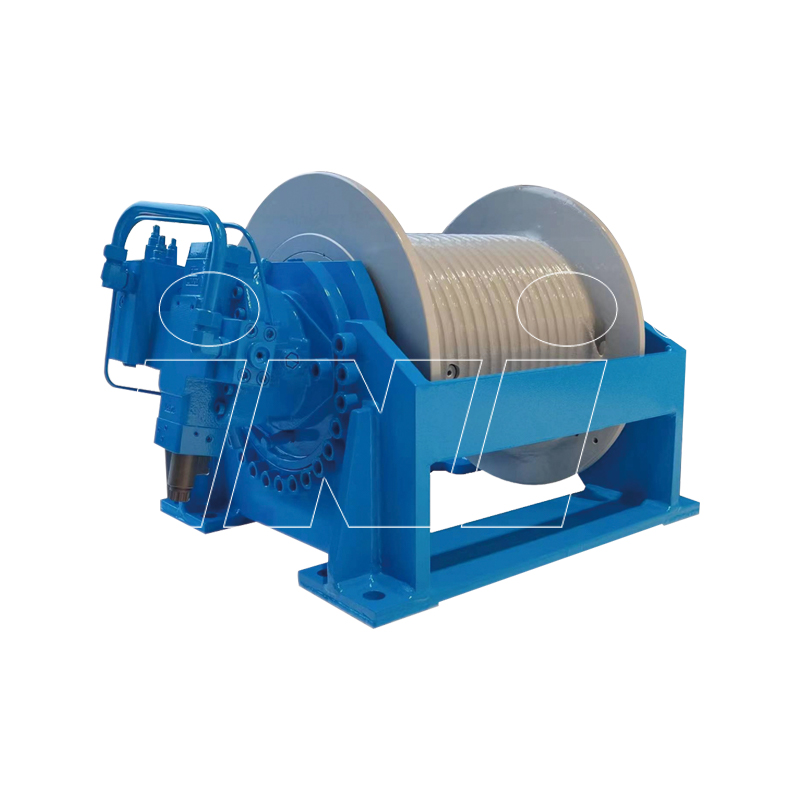

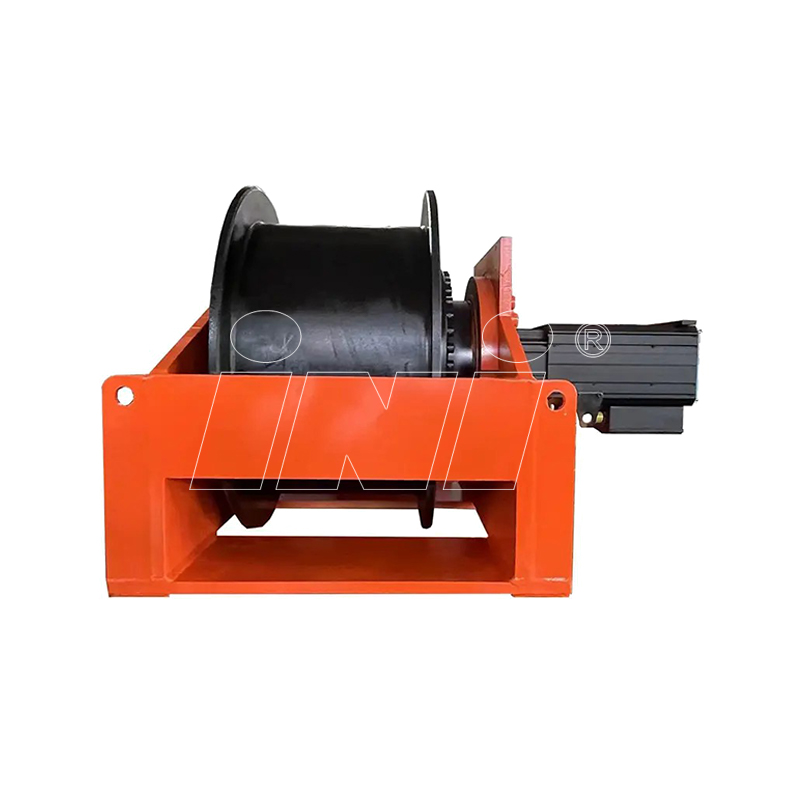

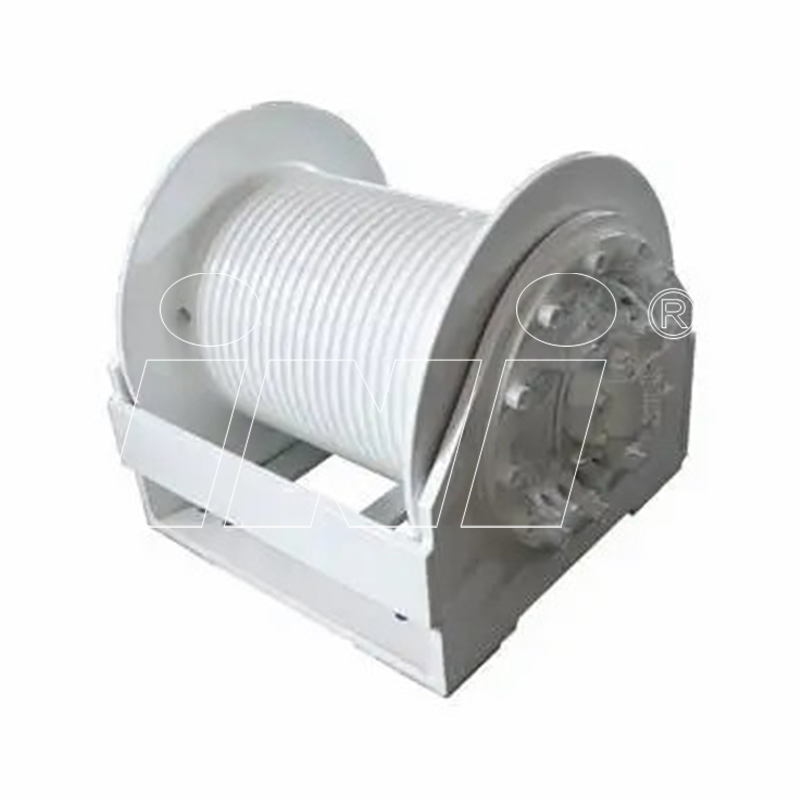

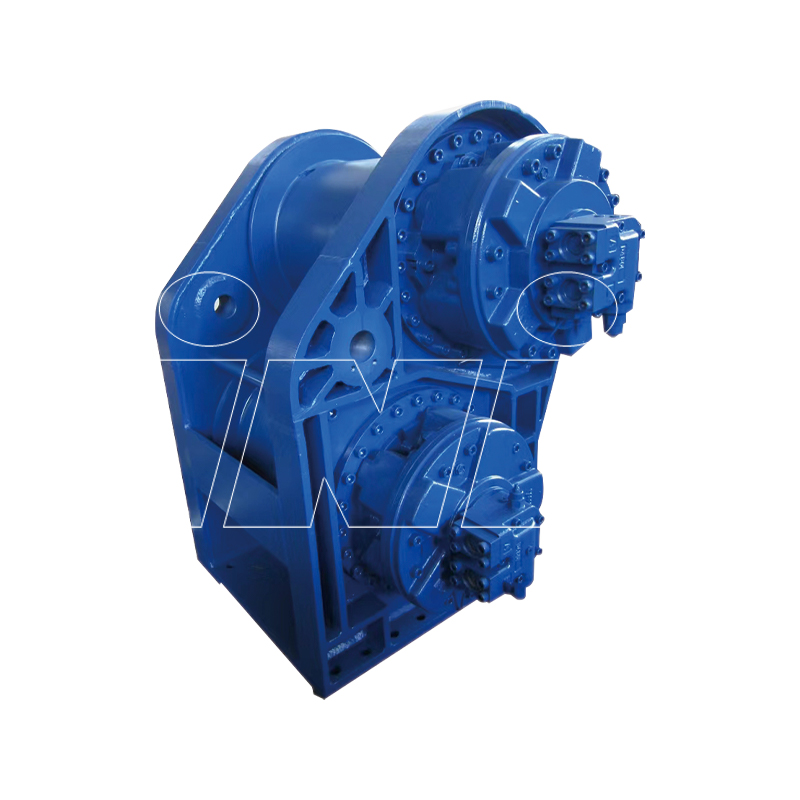



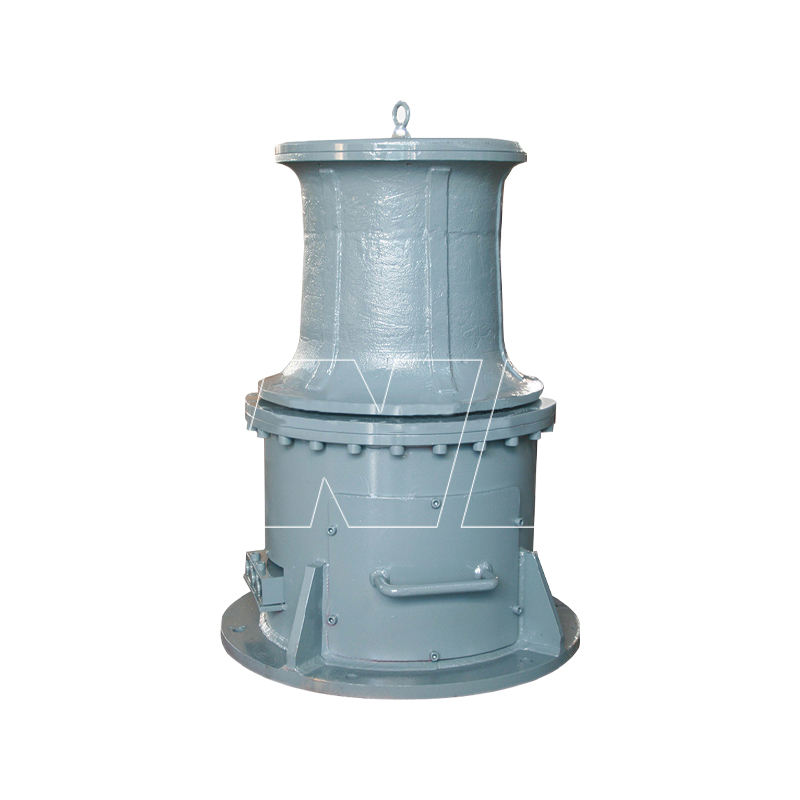
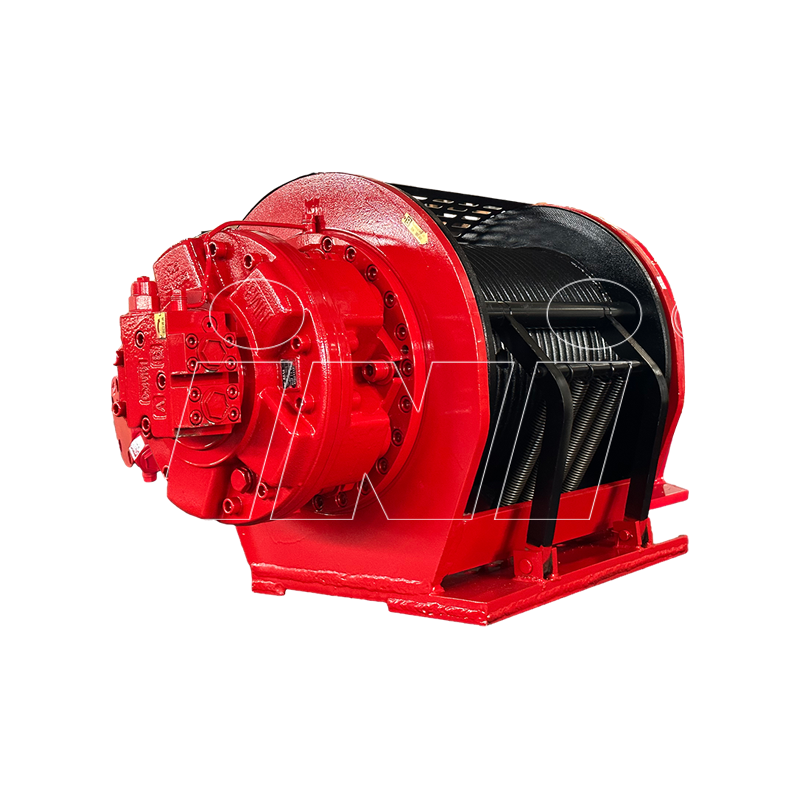
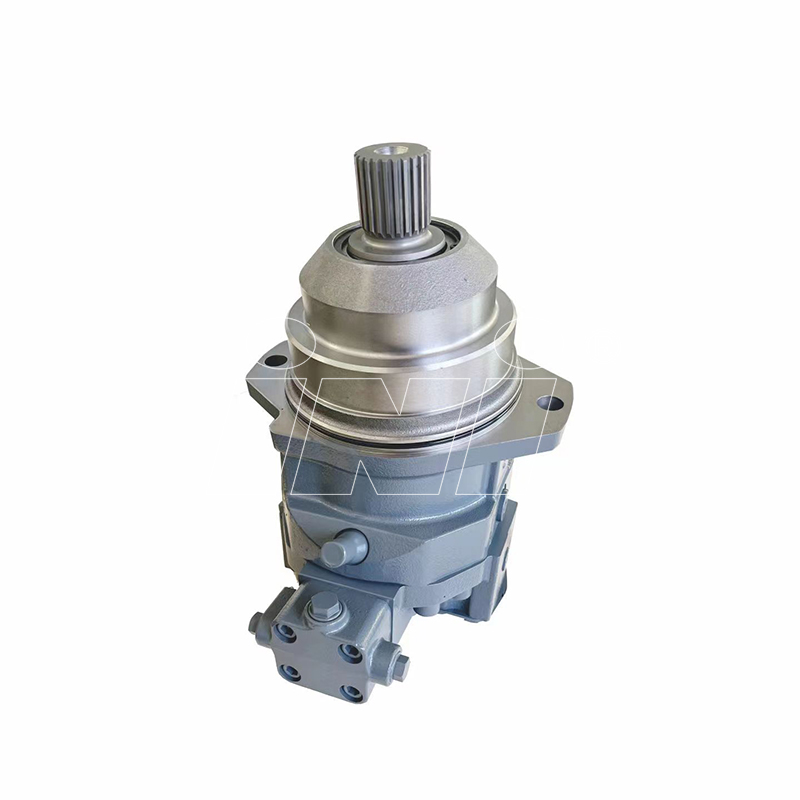

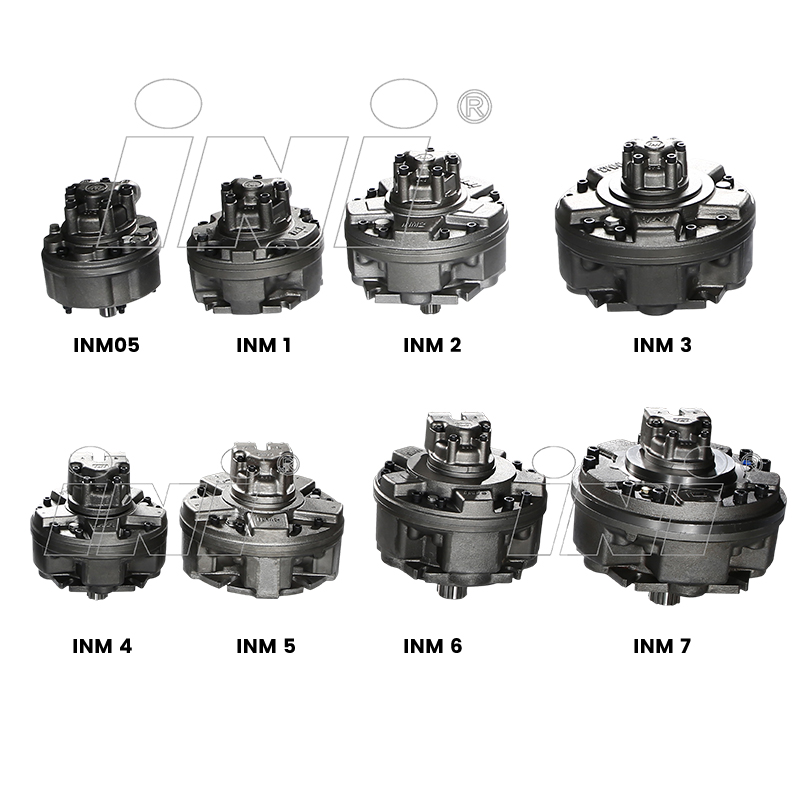

 English
English русский
русский Español
Español
 TOP
TOP